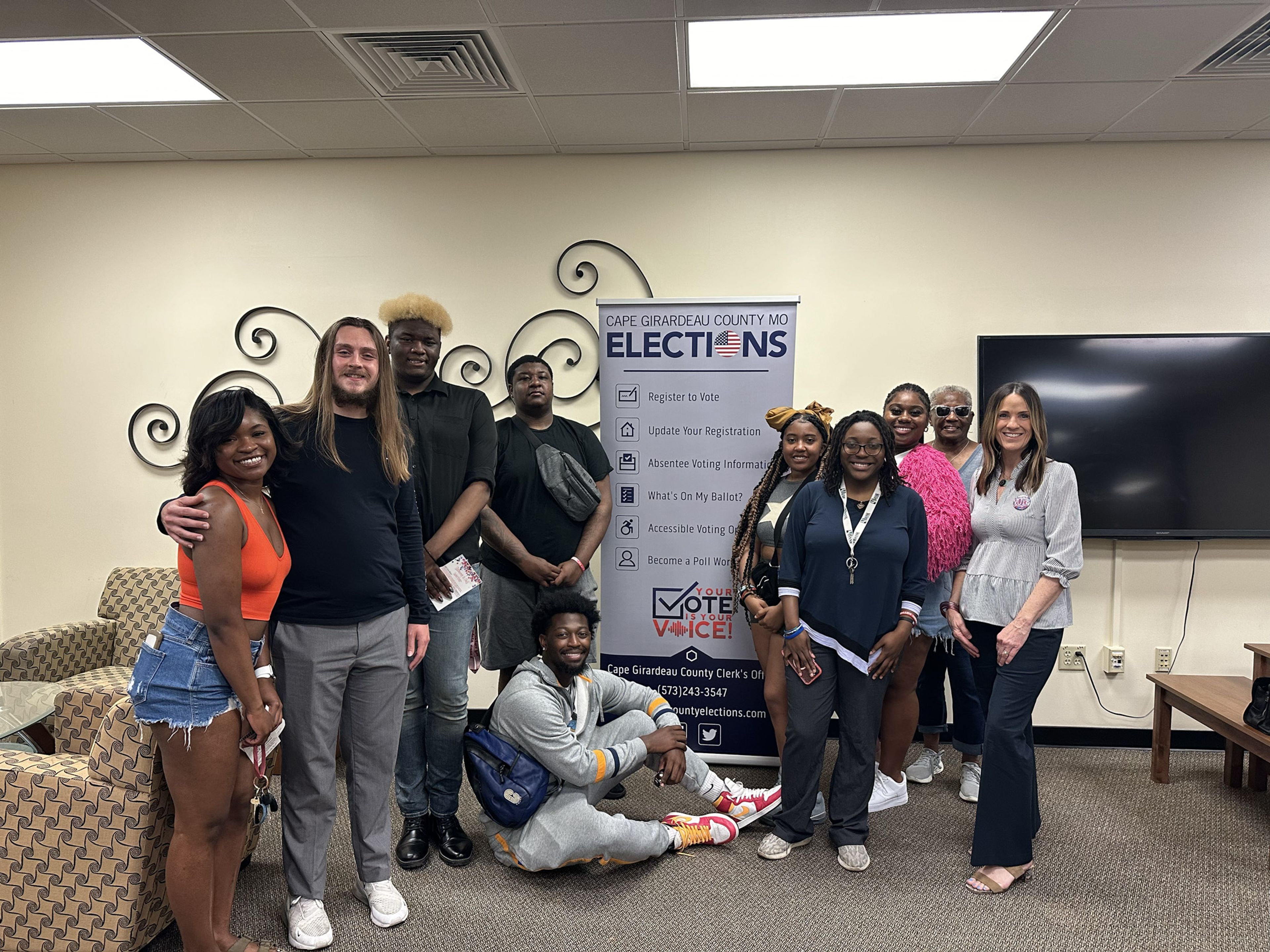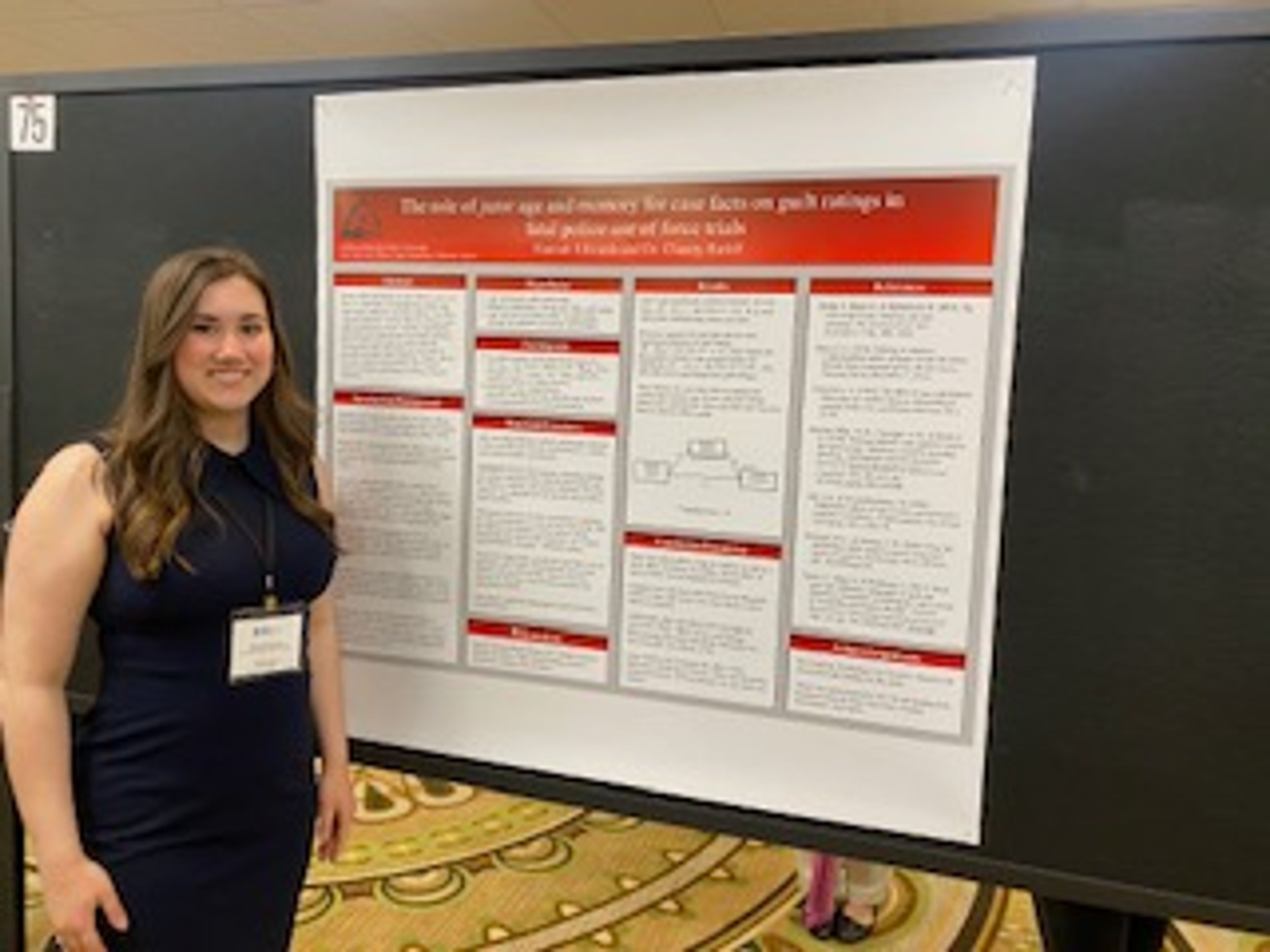The College of Education at Southeast Missouri State University has been undergoing several transformative changes this year, from the implementation of the EDvolution program to a considerable upgrade of the Instructional Resources and Technology Center in Scully Building planned for this summer.
The Dean of the College of Education, Dr. Diana Rogers-Adkinson, said the college has been transitioning through two phases.
The first phase is the implementation of the EDvolution program, which began in August.
"That is how we're systematically integrating instructional technology into our curriculum for preparing our students to work with educational technology," Rogers-Adkinson said. "That involves integrating the iPads that all education majors are now required to have through either lease or purchase, and then systematically teaching them how to use those pieces of technology, both apps as well as just how to understand when educational technology is relevant in your daily teaching."
Rogers-Adkinson also mentioned the "one-to-one" program that is being used in a number of school systems and in higher education. At Southeast, the program requires every student to have his or her own iPad to follow along with daily learning exercises in the first phase of the EDvolution initiative, "Tech for Me."
"Learning to be an effective user of unique educational technology is something [students] still have to teach, and if you don't experience that, it's harder to communicate that as an educator. So there's that 'learning by doing' philosophy," Rogers-Adkinson said.
The second phase of the EDvolution program called "Tech for Us" aims to see if students and faculty are using the most effective technology at the appropriate time.
"That means our faculty model, our faculty are also learners at the same time from our students when they bring new tech ideas in that they've also learned on their own or have from experience," Rogers-Adkinson said.
Rogers-Adkinson said the college has what it calls "Appy Wednesdays" where students and faculty can come at common hour to show off any new, helpful iPad apps they find effective. A graduate student in the college also facilitates extra training sessions for students and faculty in case they want to learn a particular app's functions better.
The final phase of the EDvolution initiative is "Tech for Them," which educates students on how to teach in the field with the appropriate technology and to know how and when they could and should use that technology most effectively.
Jarrid Snyder, a student senator in the College of Education and member of the Dean's Advisory Board, said the all-around experience with the EDvolution initiative at Southeast has been a united and smooth transition.
"I really think there's a strong impact on the program, and I think it's really going to strengthen how Southeast grads look once they're going into the field compared to a lot of the other universities because we're the only one that is live currently with the one-to-one initiative at the higher ed level," Snyder said. "I think that's really going to be helpful with a lot of even just the surrounding districts in the area that are going one-to-one and how that's going to prepare us to be better educators once we hit the classroom."
Rogers-Adkinson said she has looked consistently to her student advisory board for feedback about the changes in the college.
"The students on my advisory board when they meet with me are really impressed, one at seeing faculty learn, and I think as future educators, that really reinforces the fact that as an educator you have to be a continuous learner, that our field changes constantly, and they're getting to watch the faculty model that and experience that," Rogers-Adkinson said. "They're also getting to sometimes be in the teach mode because they may have had more experience than some of our seasoned faculty. So it's exciting watching the students lead and also just to see their respect of the new things that they see faculty building into the curriculum. And also seeing the value for themselves as a student."
The second phase of upgrading the College of Education is the changes planned for the Instructional Resources and Technology Center on the second floor of Scully Building during the summer months. The area will be repainted, new carpet will be installed and bigger pieces of equipment like furniture will be brought in.
"We are in the process of completely gutting and renovating our instructional technology center," Rogers-Adkinson. "It used to just primarily look like an old computer lab, and there also used to be some teaching materials people could check out. When I came here three years ago, most of them were out of date. So most of that we got rid of because pretty much once Common Core was adopted around the nation, most of those materials were not Common Core aligned or standards based -- based on what we're doing in schools now there wasn't a reason to keep them."
According to the Common Core State Standards website, the Common Core program was launched nationally in 2009 to help students throughout the United States receive a consistent, real-world learning experience that should allow them to graduate high school "prepared for college, career and life."
Adkinson said some of the new features that will become available in the completed learning facility are computer stations for individual work and collaboration stations for small group sharing and projects.
"They can bring any device they have, upload it, share right up on the screen and be able to merge their documents and put things together and collaboratively work in a much easier way, which is more like what's happening out in the real world," Rogers-Adkinson said.
Currently, a collaboration room for students to practice lesson plans they may have on the SmartBoard or Apple TV is available to help make them more comfortable with newer technology.
"None of our students have an excuse if they go out into the field and they don't know how to use the technology because it's all there for them to practice on, and that room will hold up to eight people, so they can come with friends and troubleshoot together," Rogers-Adkinson said.
Snyder said he thinks the new technology and facility resources will be helpful to better prepare him for real-world teaching experiences.
"I think it's given me more options at my disposal in the classroom," Snyder said. "Sometimes there are going to be kids that are going to be a little bit tougher to reach, and I think this is going to give me more options in how to impact more lives."
Rogers-Adkinson said bringing instructional technology into a facility is an expensive process, and that the college is fundraising to help raise enough money to follow through with the upgrades. She also said donors who give $100 or more will have a plaque on a permanent wall noting them as an "EDvolutionary" in the process of improving the College of Education.
Rogers-Adkinson said the improvements to the facility will benefit students because it will better model what most school districts in the area are already doing. This way, students can gain experience with the current technology being used in those school systems so when they are hired they will already have the necessary training to succeed.
"We're supposed to be the leaders when we're preparing an educator. We're not supposed to be saying 'Oh, once you graduate guess what, you'll finally get to really see how it's happening in the real world.' We need to be able to model and help our students know how to do that while they're here, so that when they walk into the classroom they're first day ready," Rogers-Adkinson said. "... What we're doing, I think, is really important. I mean, tech is only a piece for changing our curriculum, but knowing how to imbed and do all of those things and think differently around curriculum from the minute they walk in the door is going to be much more powerful in helping their district explore continual changes in education."




